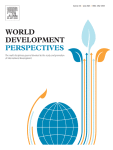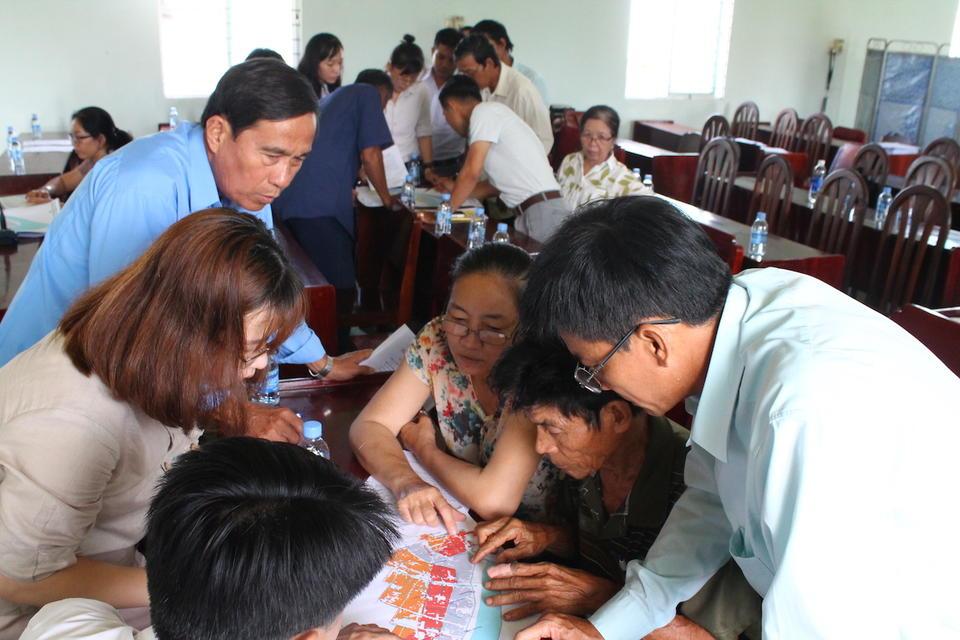Driving Impact at Scale to Enhance Food Systems

INNOVATE. EVALUATE. TRANSFORM.
Achieving sustainable and inclusive food systems development at multiple scales requires a shared understanding of how all population groups can become catalysts for change.
To establish this, we must identify the drivers that incentivize innovations in food systems transformation, and analyze current and future trade-offs and stakeholder priorities at the nexus of agriculture, environment, and nutrition. Understanding these drivers is essential to generate a science-based enabling environment in agrifood systems.
The Alliance's Performance, Innovation and Strategic Analyses for Impact program (PISA) assesses how research for development solutions for climate change adaptation and mitigation, environmental protection, sustainable agricultural practices, greater agrobiodiversity and improved nutrition influence stakeholders and improve the lives of people, while protecting the Earth's resources.
Identifying the Transformation Process
Our research identifies the influence of major drivers of change and food systems trends, defining how, why, and to what extent transformation takes place. It also develops and tests practices to understand how these drivers affect impact pathways across different scales (local, national, regional, and global) and levels (household, farms, and landscapes), facilitating the Alliance’s objectives of enhancing household resilience and people’s livelihoods.
By implementing a variety of research and mainstreaming activities, we contribute to understanding the enabling environment to generate the maximum benefits for smallholder farmers and communities, providing evidence for policy makers and other stakeholders across food systems to make informed decisions.
Our main objectives
-
Strengthening and improving data quality and knowledge management, ensuring that data are accurate and enhance research quality;
-
Collecting, organizing and showcasing the Alliance’s contribution towards its strategic objectives through the results-based performance management framework, thus increasing accountability;
-
Generating science-based evidence through monitoring and evaluation standards and quality assurance, which will support development and guide decision making;
-
Assessing the political economy surrounding Alliance projects, and identifying the interaction between drivers of change, policies, market conditions and regional institutions; and
-
Measuring the success or obstacles of innovations developed by the Alliance.
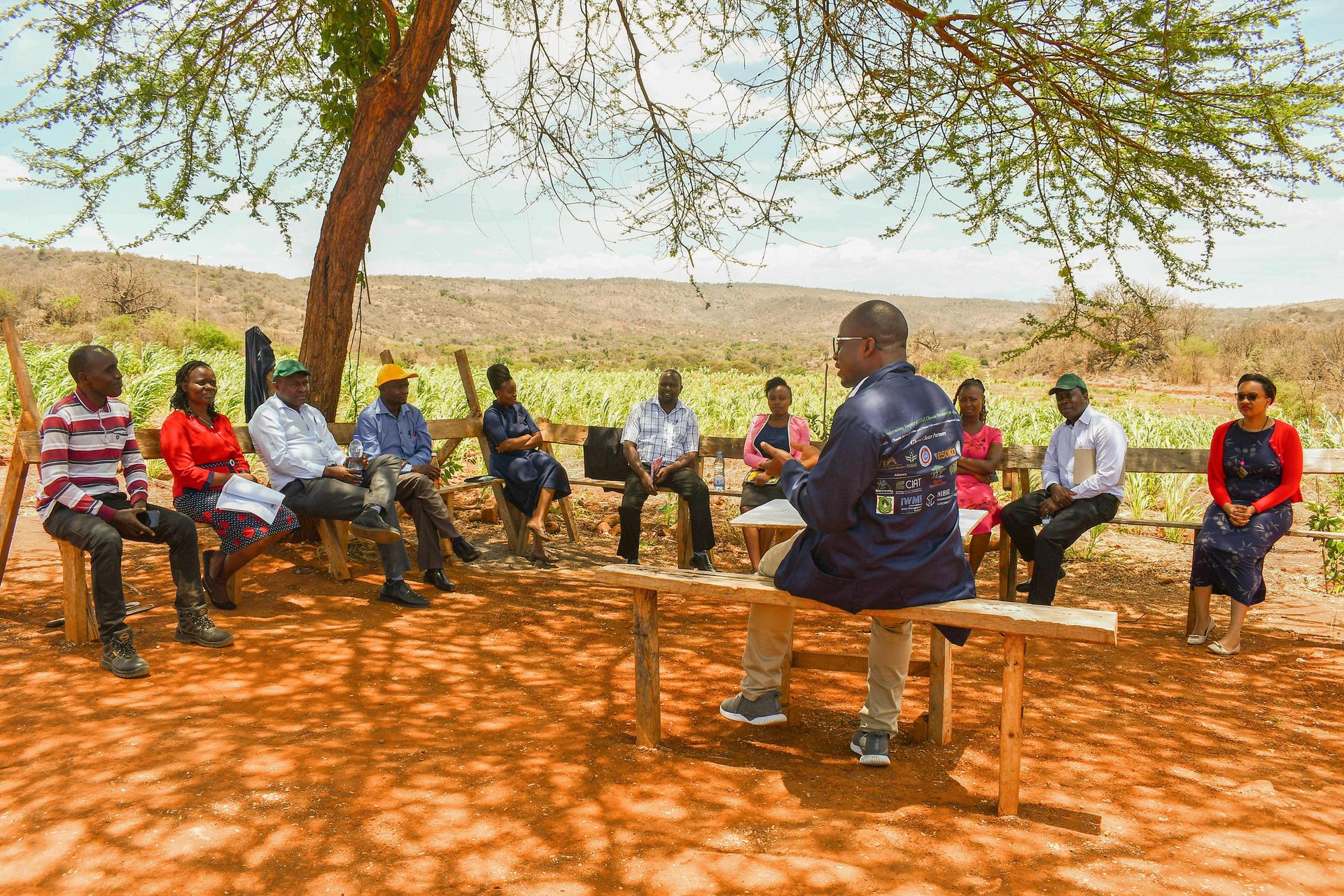
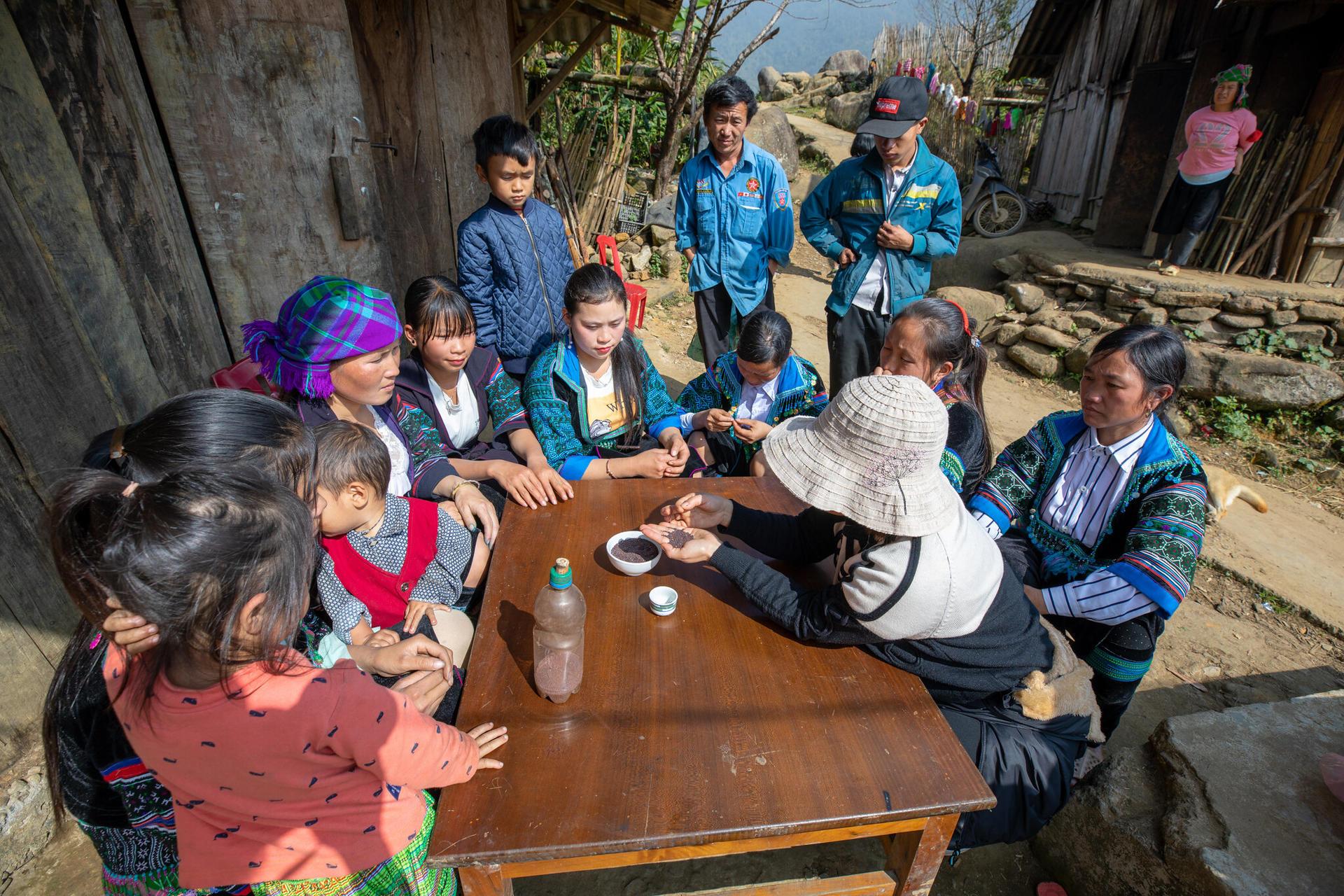
How we do it
To increase the Alliance’s understanding of how to achieve lasting change, we employ a variety of quantitative and qualitative methodologies including:
-
foresight scenario analysis and strategic ex-ante assessment at different scales to design interventions and anticipate change;
-
spatial analysis to improve the cost-effectiveness, coverage, and precision of impact evaluation;
-
causal impact assessment to understand the effects of the innovations implemented;
-
econometrics, economic and biophysical modeling to understand tradeoff and synergies; and
-
process evaluation to understand the variables of adopting innovation and creating enabling environments.
PISA follows a long-term strategy to foster the development, implementation, and adaptation of research activities, following their pathways to impact within a cycle of learning.
Project Outcome Reports
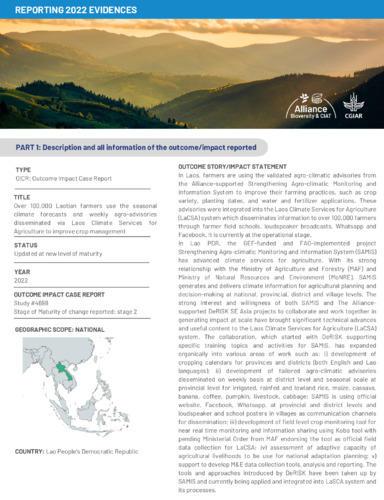
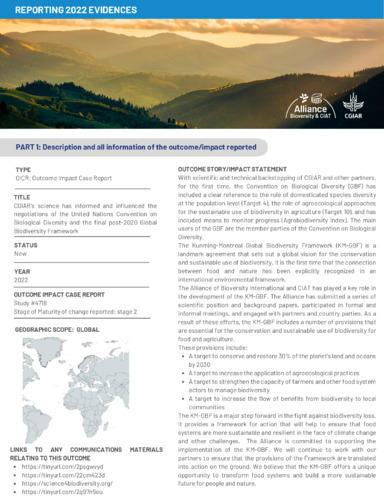

Our Team

Elisabetta Gotor
Director Land Resource Economics Unit and Program Leader ∙ Performance, Innovation and Strategic Analysis for Impact (PISA4)
Carolina Gonzalez
Thematic Leader
Tonya Schuetz
Leader of Strategic Performance and Results Management
Leroy Mwanzia
Senior Manager, Data Management & Open Science
Tsega Wolday
Program Management Officer


